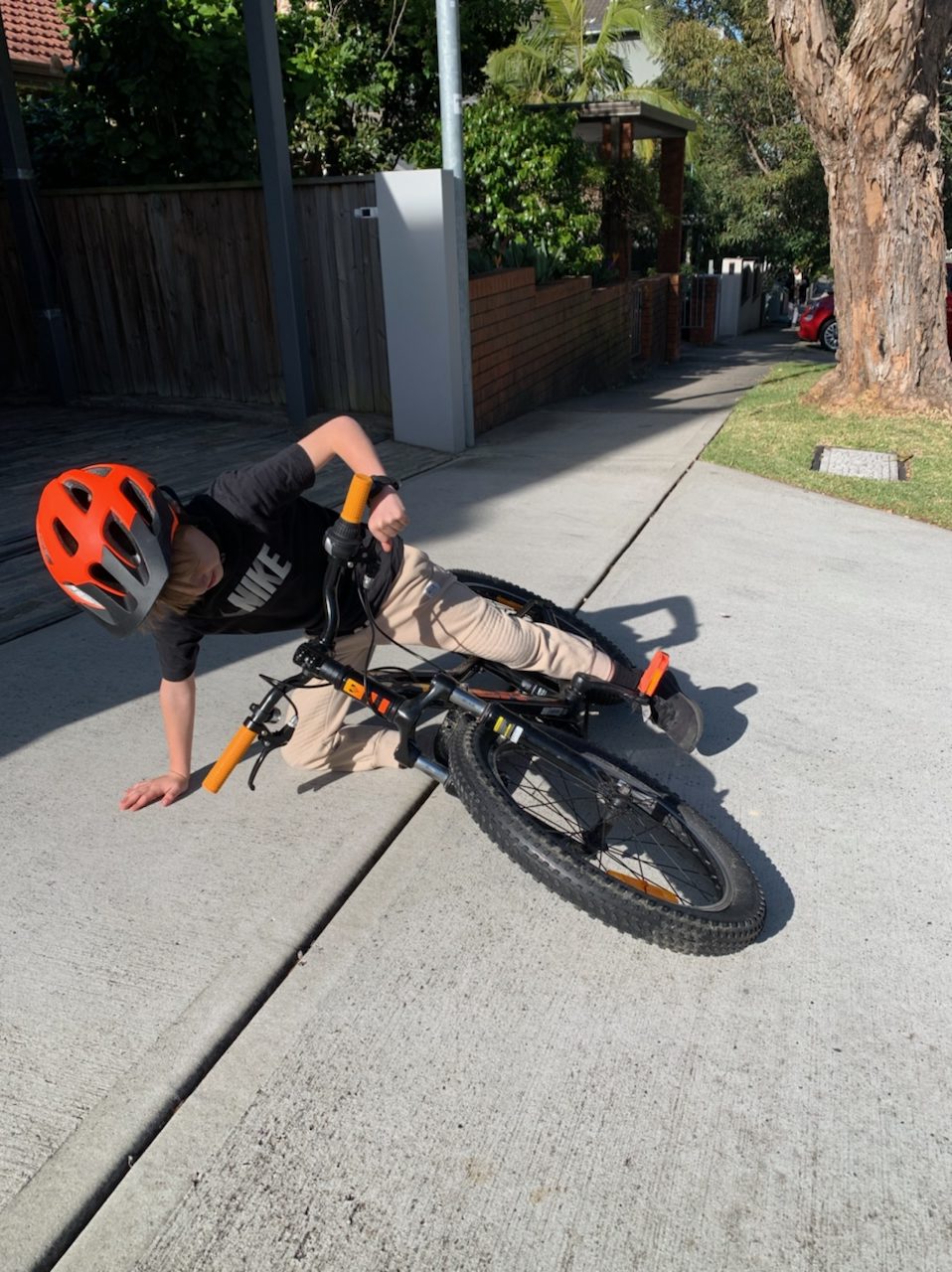Mallet Fingers: why do we spend so much time treating this injury?
- Without proper treatment the injury can not heal properly
- The fingertip or distal interphalangeal joint (DIPJ) will not be able to straighten
- An untreated mallet injury can cause long term changes to the finger – Swan Neck Deformity (SND)
- SND can be very irritating and annoying for the patient
What is a Mallet finger?
- Avulsion of the terminal extensor tendon at the dorsal lip of the distal phalanx
- Can be bony or tendinous in nature.
- All mallet injuries require an x-ray to determine if they are bony or tendinous.
- The knowledge of bony v tendinous can determine the length of treatment. Bony mallets heal faster.
- Large bony fragments can cause the DIPJ to sublux & require a surgical consultation.
What do hand therapists do for a mallet finger?
- Educate the patient on treatment options
- Refer the patient for an x-ray if they have not had one
- Measure the initial lag – if patient presents without already being in a splint.
- Fabricate a custom made splint for optimal position and comfort – very important as the splint must be worn 24/7.
- Monitor skin condition at regular appointments
- Assist patients to continue normal activities during splinting (e.g. waterproofing for swimming/ surfing)
- Ensure unaffected joints continue moving well
- Guide patient through splint weaning after full-time splinting ceases
- Return patient to maximum range of motion, function and strength
Why refer to a hand therapist and not use a pre-fabricated splint?
- Pre-fabricated splints do not allow for customised positioning
- They can include the proximal interphalangeal (PIPJ), which needs to be unrestricted and regularly moving
- Customised splints are comfortable
- Hand therapists monitor the patients skin condition during splinting
- Hand therapists can teach patients how to safely change their splint without allowing any DIPJ flexion
Swan Neck Deformity (SND)
- SND occurs when the terminal extensor tendon remains unattached, such as in an untreated mallet finger injury.
- The extensor tendon then overpulls the middle finger joint (PIPJ) into hyperextension while the DIPJ remains in a flexed position
- B. SND can also occur from other conditions such as Rheumatoid Arthritis, and the treatment for these can differ.
What do Hand Therapist’s do for a SND post mallet injury?
- Prevention: by treating mallet finger as an acute injury.
- For long standing untreated mallet injuries a splint is made to prevent hyperextension of the PIPJ
- A sterling silver ring can be measured and ordered to provide a long-term and durable option
Case study
- Patient attended hand therapy after seeing their regular physiotherapist for a mallet finger.
- The patient had had a pre-fabricated splint taped-on for six weeks.
- The tip flexed immediately on removal of the splint.
Our treatment
- Education on our treatment process, importance of splint wearing.
- X-ray: determine if tendinous or bony. X-ray showed no bony involvement, therefore tendinous in nature and splinting time increased.
- Thermoplastic splint fabricated and taped on: Splinted 24/7 for eight weeks.
- Regular reviews to check skin and splint selection.
- Encouragement to keep moving PIPJ.
- Active extension checked at eight weeks.
- Splint weaning process for four weeks to gradually allow flexion and maintain extension after full time splinting completed.




